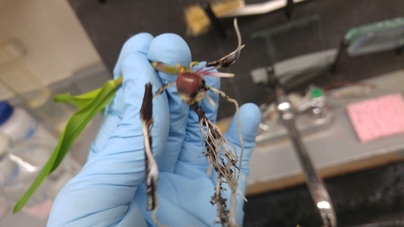Research
Our laboratory utilizes a multidisciplinary approach in genomics, genetics and bioinformatics to study fundamental processes that impact gene expression in plants from a genome-wide perspective. The research objectives are designed to provide hands-on research training to students at both undergraduate and graduate levels. The two distinct, ongoing projects in my laboratory are described below:

